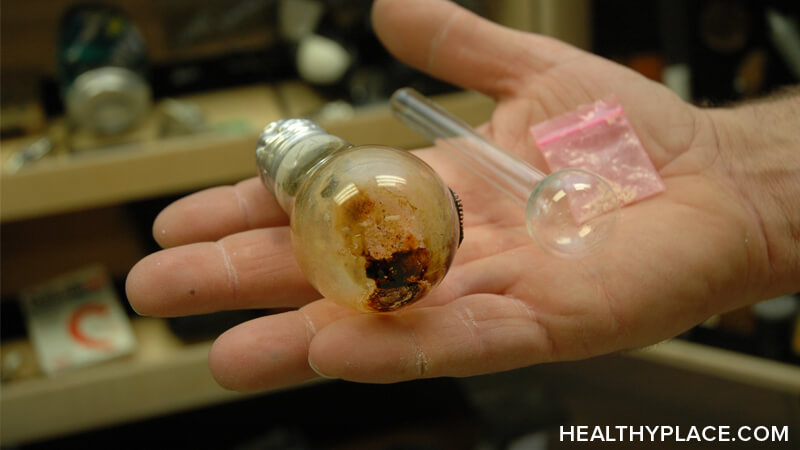Meth Facts: Facts about Methamphetamine, Crystal Meth

Methamphetamine facts are fairly easy to find as meth has been used both legally and illegally since the 1930's. The unfortunate thing is most people are not aware of meth facts or meth statistics making this dangerous, addictive drug more prone to casual use leading to addiction.
Meth Facts: Who Uses Meth?
Crystal meth facts show the typical person who uses methamphetamine in North America is a Caucasian male in his 30s or 40s, although some believe adolescent use has reached epidemic proportions in recent years. Younger users choose meth because:1
- Wide availability
- Low cost
- It has a longer high than cocaine
Meth Facts: What Happens When Meth is Used?
Meth produces a sense of well-being or euphoria by flooding the brain with a chemical called dopamine. Dopamine plays a large part in understanding meth facts. Dopamine is usually released in small amounts by the brain, but when meth is taken, a huge amount of the chemical is released. Methamphetamine facts show that once the high wears off from this use, the brain is deprived of dopamine, bringing on depression, fatigue, irritability, and other meth withdrawal symptoms.
Meth facts also show that using meth increases heart rate, blood pressure, body temperature, breathing rate, and other body symptoms. Methamphetamine facts show us that these meth use symptoms can cause:
- Seizures
- Stroke
- Coma
- Heart problems
- And other health issues, some lethal
Meth Facts: Crystal Meth Facts
According to methamphetamine facts, meth causes huge problems physically and psychologically for the user and often leads to homelessness, violence, and legal troubles. Meth statistics and meth facts reveal part of why this happens. (read: effects of meth)
Consider the following meth facts:
- The Controlled Substance Act of 1970 and subsequent law attempted to curb production and use of meth, but meth use continues to rise.
- Illegal meth creation involves volatile chemicals that often lead to fires, explosion, injury, and death.
- Illegal meth creation often involves carcinogenic compounds that can cause heavy metal poisoning.
- It can take months for a brain to recover from meth use.
- The psychological depression, including suicidal ideation, following meth use is more severe and lasts longer than that of cocaine use and can be antidepressant-resistant.
Meth facts also show that crystal meth use can produce ten meth-induced psychiatric disorders. Many of these meth-related disorders are short-term. According to methamphetamine facts and research, the following are recognized amphetamine-induced disorders:2
- Anxiety disorder
- Mood disorder
- Psychotic disorder with delusions
- Psychotic disorder with hallucinations
- Sexual dysfunction
- Sleep disorder
- Intoxication
- Intoxication delirium
- Withdrawal
- Disorder not otherwise specified
Meth Facts: Meth Statistics
Meth statistics are alarming for those trying to help a meth addict or those trying to prevent meth addiction. The following are meth statistics from the United States:3
- In 2002 admissions into drug treatment programs was five times that of 1992.
- In the same ten year span, admissions were 18 times higher in Arkansas and 22 times higher in Iowa.
- In 1998, methamphetamine caused 26% of all drug-related deaths in Oklahoma City.
- Meth addicts use meth, on average, seven years before seeking meth addiction treatment.
- Over 20% of meth addicts develop a six-month, or longer, psychosis resembling schizophrenia upon stopping meth. Meth facts show these psychoses can be treatment resistant.
- Mexico now provides up to 65% of the meth used in the U.S.
|
|
next: Meth Addiction: How Do People Become Addicted to Meth?
~ all meth addiction articles
~ all articles on addictions
APA Reference
Tracy, N.
(2021, June 6). Meth Facts: Facts about Methamphetamine, Crystal Meth, HealthyPlace. Retrieved
on 2025, March 28 from https://www.healthyplace.com/addictions/meth-addiction/meth-facts-facts-about-methamphetamine-crystal-meth



